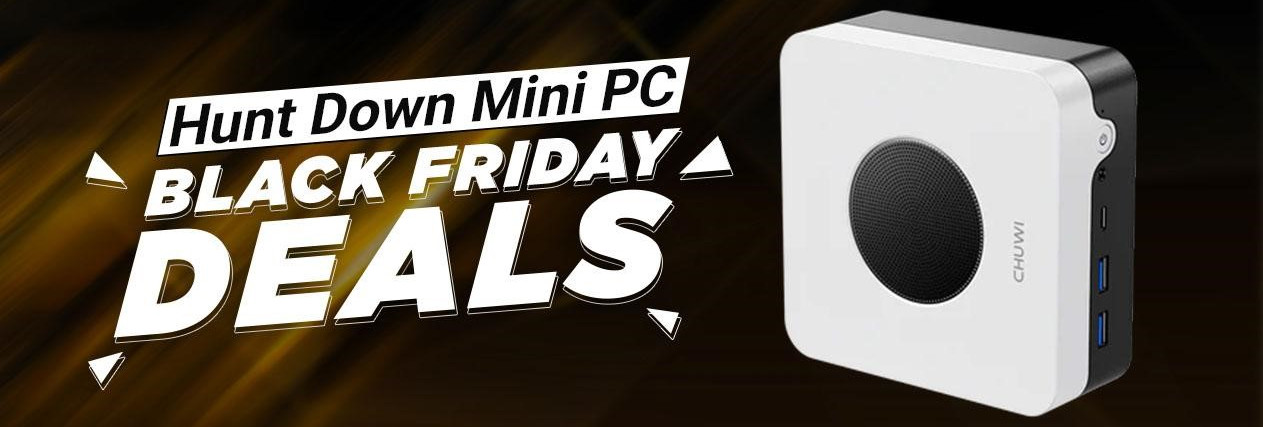
After introducing the Dolphin and the Seal, BYD is about to launch another electric car in the Ocean series.
The BYD Seagull will be the smallest and cheapest option of the series, with 4 seats and an estimated price between 60.000 and 80.000 yuan (8.451 and 11.268 euros).
While there is no confirmation yet, I expect it to have the same battery options as the Dolphin (30,72 and 44,9 kWh). If it ever arrives in Europe, it’ll be a great alternative to the Dacia Spring.
LG Energy Solution finally unveiled its plans for LFP (LiFePO4) batteries at the 2022 Smarter E event in Munich.
Jorg Jurgens, LGES director of energy storage systems EMEA (Europe, the Middle East, and Africa), revealed the company’s plans to pv magazine.
The new RESU Flex series will feature the NMC battery chemistry. The South Korean manufacturer has long been faithful to NMC, but it now plans to develop and release LFP-standard cells by October 2023 and LFP long cells by the fourth quarter of 2024. Jurgens told pv magazine that the transition will be a smooth one, as the LFP cells will be produced in the same format and sizes, so the systems will be able to use the same modules and racks as before.
The BYD Dolphin is one of the most interesting electric cars in production right now and is available with two battery capacities, 44,9 and 30,72 kWh.
Let’s see the battery packs in detail.
Long range version battery pack
Platform: QH135Ah (regular blade) Cell model: C102F Cell capacity: 135 Ah Cell nominal voltage: 3,2 V Number of cells: 104 Pack capacity: 44,9 kWh Pack nominal voltage: 332,8 V Pack weight: 308,6 kg Gravimetric energy density: 145 Wh/kg Standard range version battery pack
Li-FUN Technology recently announced that it will produce the first generation of sodium-ion battery cells later this year in June. The mass production is scheduled for 2023.
Let’s see some details.
First generation sodium-ion battery cell (prototype)
Gravimetric energy density: 140 Wh/kg Volumetric energy density: 240 Wh/L Cycle life: above 4.000 cycles Fast charging: 80 % in 15 minutes Capacity retention at -20 ºC: 88 % at 3 C-rate Format: pouch Start of production: June, 2022 Second generation sodium-ion battery cell (mass production)
In the first quarter of 2022, the global shipment of batteries reached 95,1 GWh, which corresponds to a 93,3 percent increase year-on-year, according to a report released by Seoul-based SNE Research.
Let’s see who are the top EV battery makers.
CATL: 33,3 GWh (35 %) LG Energy Solution: 15,1 GWh (15,9 %) BYD: 10,5 GWh (11,9 %) Panasonic: 9,4 GWh (9,9 %) SK On: 6,3 GWh (6,6 %) CALB: 4,2 GWh (4,4 %) Samsung SDI: 3,8 % Gotion High-Tech: 2,7 % Svolt Energy: 1,3 % Eve Energy: 1,2 % Others: 8,2 % Chinese battery makers have been riding the LFP (LiFePO4) wave to gain market share, while Japanese and Korean makers still don’t mass produce cobalt-free EV batteries. However, the Korean companies - LG and SK - are already developing LFP battery cells and could soon announce their mass production…
I have been writing about the importance of LFP (LiFePO4) batteries for a while now, but I haven’t written about the best charging behavior for this battery chemistry yet.
It’s time to write a small, but important article about the subject, especially because I have seen some confusion on online forums.
First, let’s compare the nominal and maximum voltages of LFP with other popular battery chemistries.
LTO anode + LMO/NCM cathode
BYD’s fifth car factory in China is expected to start production on April 15 at Fuzhou city, Jiangxi province, with a planned annual production capacity of 200.000 vehicles.
This is especially good news since the Chinese automaker recently announced that is now producing BEVs (Battery Electric Vehicles) and PHEVs (Plug-in Hybrid Electric Vehicles) only.
Let’s see all the production bases of BYD (already operating and under construction).
Shenzhen (already operating) Xi’an (already operating) Changsha (already operating) Changzhou (already operating) Fuzhou (imminent start of operation) Hefei (under construction) Zhengzhou (under construction) Jinan (under construction) Xiangyang (under construction) As for global sales goals, if supply chain conditions improve, BYD expects to sell at least 2 million vehicles in 2022, which represents a solid increase from the previous year - when 320.810 BEVs and 272.935 PHEVs were sold.
Now with the official presentation, we have all the technical specs of the smart #1 all-electric SUV.
Let’s see them.
Drivetrain and Performance:
• Engine set up, drive train configuration: electric engine, rear-wheel drive • Performance: 200 kW (272 PS) • Max torque: 343 Nm • Max speed: 180 km/h (112 mph)
Charging and Consumption:
• Battery architecture and max capacity: NCM battery / 66 kWh • Max range WLTP: 420-440 km or 260-273 miles • Max charging capabilities: AC: 22 kW, DC: 150 kW • Charging times: AC: 10-80 % < 3h DC: 10-80 % < 30 mins • Usable connector types: CCS Type 2 Europe – Charging cable mode 3 standard • Available additional home charging solutions: smart wallbox in partnership with ABB, charging cable with home socket (Mode 2) as an accessory.
By the end of 2022, CATL will finally start producing battery cells in Europe (Germany). Machinery is already being installed.
Contemporary Amperex Technology Thuringia GmbH (CATT) is CATL’s first battery plant outside China and will have an initial annual production capacity of 8 GWh, but an increase to 14 GWh is already planned.
Notice that 8 GWh is enough for 160.000 EV battery packs of 50 kWh each, while 14 GWh is enough for 280.000. Not much, but it’s a start…
Gotion High-Tech, also known as Guoxuan, announced at the China EV100 Forum that the mass-production of its energy-dense LFP (LiPePO4) battery cells will finally start by the end of the year. Hopefully, this time is for real…
Let’s look at the initial plans and see what comes next.
Guoxuan’s LFP battery cell evolution
2009: 95 Wh/kg 2015: 140 Wh/kg 2019: 190 Wh/kg 2020: 212 Wh/kg (191 Wh/kg at pack level with JTM) 2021: 230 Wh/kg (207 Wh/kg at pack level with JTM) 2022: 260 Wh/kg (234 Wh/kg at pack level with JTM) Curiously, unlike its main competitors, CATL, BYD or SVOLT, Guoxuan will produce its energy-dense LFP battery cells in pouch format, instead of prismatic. Therefore, Guoxuan’s battery packs will use modules and the JTM (Jelly roll-to-module) technology to achieve an impressive GCTP (gravimetric cell-to-pack) ratio of 90 %, which is about the same we have in modern module-less packs with the CTP (cell-to-pack) technology.
Finally, SVOLT confirmed that it has reached this milestone and their battery cells are available for automakers to order.
Until sodium-ion batteries (NIBs) for electric vehicles become mass-produced in large scale, LFP (LiFePO4) is still the best cobalt-free battery chemistry widely available that allows electric cars to compete with their ICE (Internal Combustion Engine) alternatives, in price and availability.
Nowadays, any development in LFP battery technology is regarded as crucial to enable the massification of electric cars, therefore reaching an energy density of 200 Wh/kg has been a goal for a long, long time.
The world’s biggest battery maker, CATL, announced that its third-generation CTP (cell-to-pack) battery technology is ready for mass production and the official launch is expected in April.
Through continuous technological iteration, CATL has launched the third-generation CTP, which is called Qilin Battery internally. Its system weight, energy density and volumetric energy density continue to stay at the highest level of the industry. With the same chemical system and the same pack size, Qilin can deliver 13% more power than the 4680 battery.



